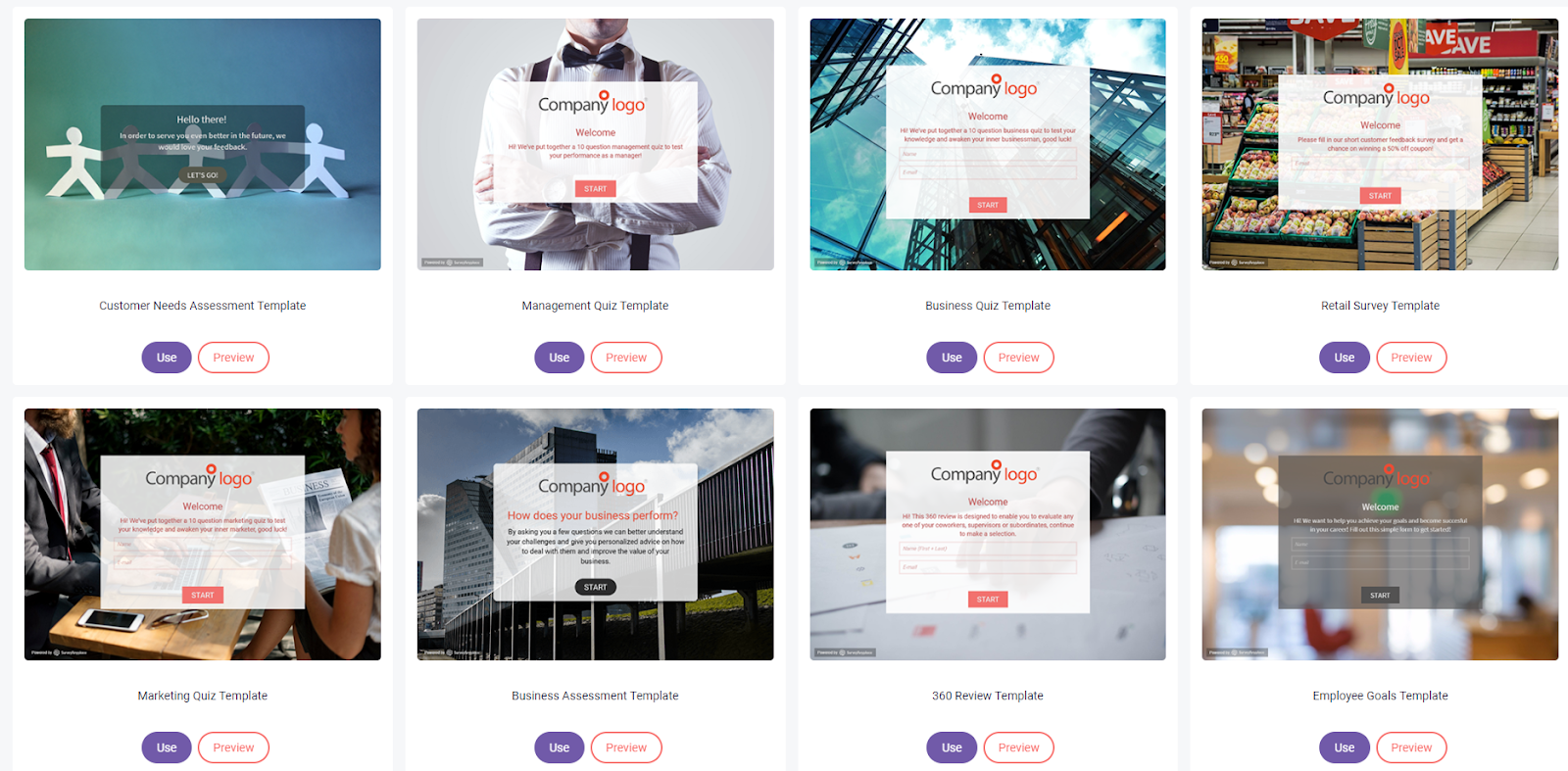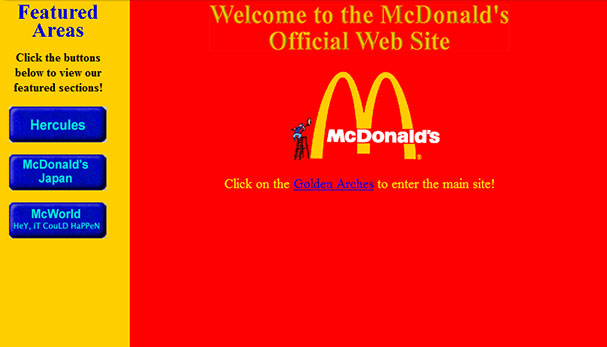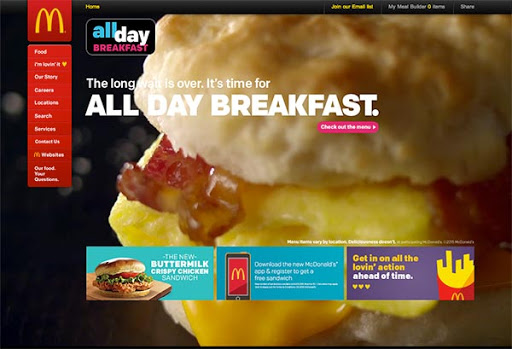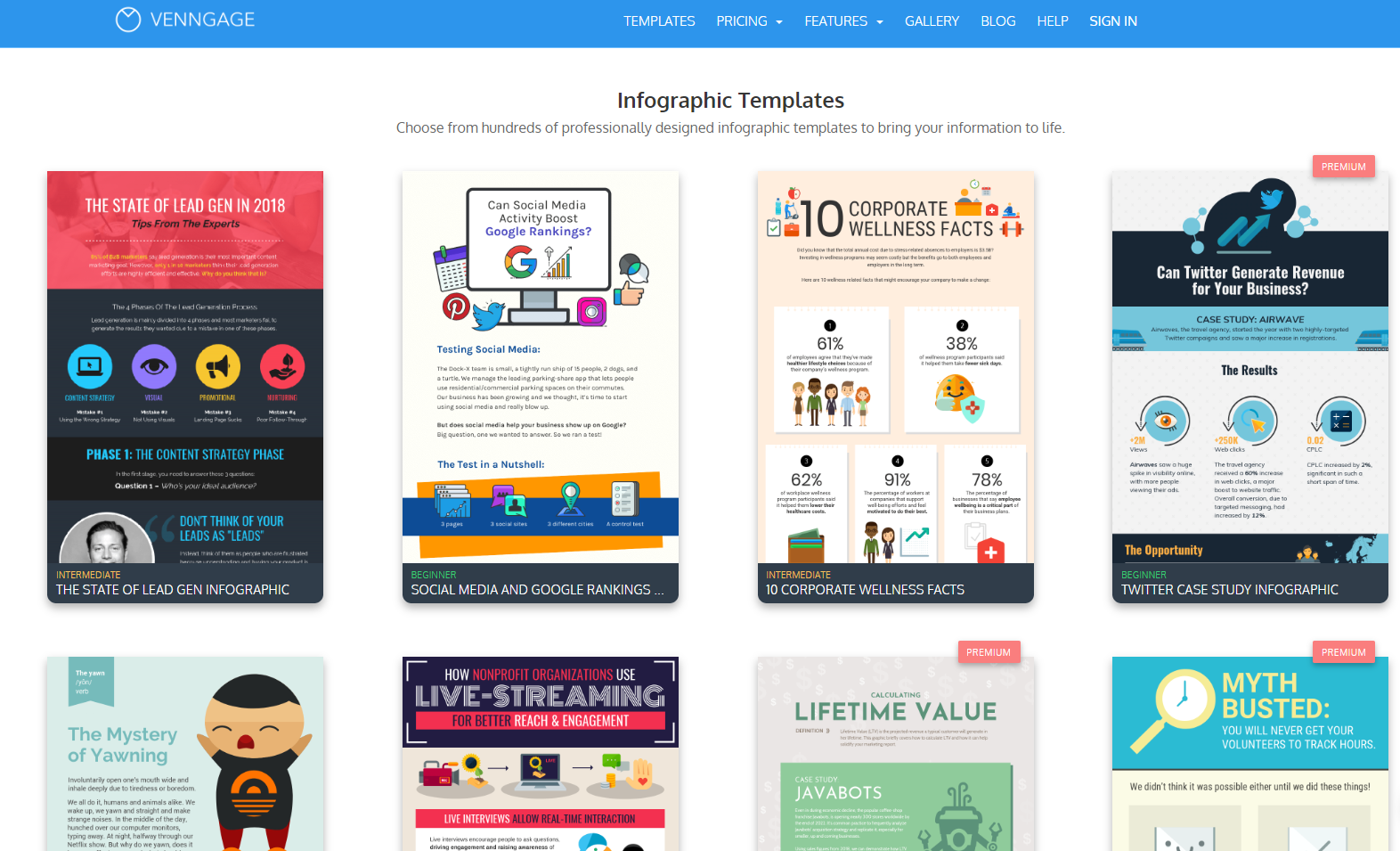Anyone active in content marketing has probably heard the phrase “content is king.”
And that’s not something content marketers say just to boost their egos. No, in fact, a recent survey found that 73 percent of respondents said they made a purchase after consuming content.
Which isn’t all that surprising.
In an online environment, there is no “salesperson” who can give your website visitor some advice. Online trust is created by offering useful content: blog posts, tips, testimonials, white papers, etc.
Unfortunately, as more and more companies create content it becomes harder to stand out.
That’s where engaging content comes in.

There is no way you can game the Facebook and Google algorithms anymore; you either adapt your content to make it more engaging or you reach for your wallet and invest in some paid advertising to get those eyeballs on your content.
I think most of us would prefer the former over the latter. But how do you do it?
Spy on others

Social engagement has been dropping lately. One easy way to come up with engaging social media content is by simply looking at what others are doing.
Spying on your followers’ profiles is the best way to find interesting ideas that will keep your audience hooked.
I’ve done it myself. I found this great picture of a young Jeff Bezos on Twitter, which received a lot of engagement. I just took the picture, made it my own and shared it on my LinkedIn where it received great results.

Actively listen to your own social following. Visit their profiles, analyze their comments, and make the most out of it – use these ideas for your future posts and ensure your content can solve their problems.
You can apply this tactic to your competition as well. What are they doing that works? There will always be a couple of things you can apply to your own strategy.
Create an interactive quiz or assessment
How many times have you decided that finding out which Friends character you are is a better use of your time than doing the laundry or finishing that report that’s been sitting on your desk since forever?
If you regularly find yourself clicking away through BuzzFeed-style quizzes, you’re not alone.
There’s a reason why they are so compelling: They actively involve the reader and provide immediate results.
While quizzes are a lot of fun in B2C markets, you can also create assessments in B2B (and B2C) environments that help you get to know your audience on a deeper level, and they let you segment your audience so you can send out different content to them based on their results.
Setting one up from scratch yourself can be a difficult task, so here are two tips to apply this tactic quickly and easily.
- Use templates: Why spend an afternoon coming up with fun questions or wondering about the best design and layout when you can use a template?
- Crowd-source questions with influencers: Reach out to influencers in your niche and ask them what their top three questions on [insert niche here] would be. Once you’ve published your quiz, you can reach out to those who contributed and they will help with promoting your quiz.

For example, Boot Camp Digital uses a digital IQ test to split their audience into a beginners and advanced group. They use just two campaigns, a high score and a low score that they funnel into different products based on their knowledge level.

If someone knows a lot about digital marketing, they push them to join an advanced community that will keep their skills fresh.
People who don’t score as well are encouraged to do certification or acquire an all-access pass where they can really learn everything they need to know.
Let your customers do the talking
One of the latest buzzwords in content marketing is user-generated content (UGC). In a world riddled with micro influencers and brand advocates, where paid advertising costs are growing five times faster than U.S. inflation rates, one of the best ways to reach people organically is via content created by your customers, clients, patrons or users.

Not only is this relatively cheap, but it makes your marketing job a little bit easier. Plus, many consumers are twice as likely to share user-generated content with friends or family too. People simply trust one another over brands, which means user-generated content often gets more engagement than promotional posts.
Take Lays, for example. They had a campaign called “Do us a Flavor” where people could pitch their own (crazy) ideas for a chip flavor.
All these ideas were put on a page where people could vote for their favorites. Of course, people would share their own or their friends’ ideas to get as many votes as possible. Which got them a lot of engagement and free publicity.

User-generated content sparks conversations, increases engagement and builds trust.
Optimize your existing content
You don’t have to reinvent the wheel here. Before you start investing in new content, take a good look at what you already have. Try to make the most out of every piece of content you write before you move on to a new piece.
Here are a couple of ways you can improve the things you already have:
Start by giving existing content a facelift: replace outdated images with new flashy ones.


Are you sitting on a lot of data or valuable insights or have you used any of that in the past? Why not turn it into an infographic? Unless you have a spare graphic designer laying around, it’s not that easy to make a great one. Luckily, there are plenty of templates out there that allow you to easily create your own infographic.

Another alternative is to optimize your content for another keyword. With so many SEO tools out there, there’s really no excuse to for content that’s not optimized, since there are so many ways to find out what your audience is searching for.
Start by performing keyword research that replicates what real people are typing into Google or any other search engine.
You can optimize the keyword for underperforming content, but what about content that’s already doing great? Well, you can always repurpose that to another medium. Something that does great as a blog post could do great as a podcast or video as well. With the content already in front of you, you’ve already done a big chunk of the work.
Conclusion
There’s a whole range of opportunities to create engaging content in this day and age without having to reach into your wallet. Do some research into what works best for your business or industry and try out different types of content until you find your own magic formula to create the most engaging content.
Have you tried any other content creation strategies in the past? Let me know in the comments!





